Raising the Grade for the Upper Mississippi River Basin
Heath Kelsey ·The 2016 Upper Mississippi River Basin Conference in Moline, Illinois had a special theme of “Raising the Grade” this year, which was shaped by the Mississippi River Watershed Report Card which UMCES developed with America’s Watershed Initiative last year. The Upper Mississippi River got a “C” grade in the report card, and although the grade was the highest of all the basins, it is not good enough in the eyes of the regional stakeholders. In fact, the report card was released during the conference last year, and the grade apparently created quite a stir!
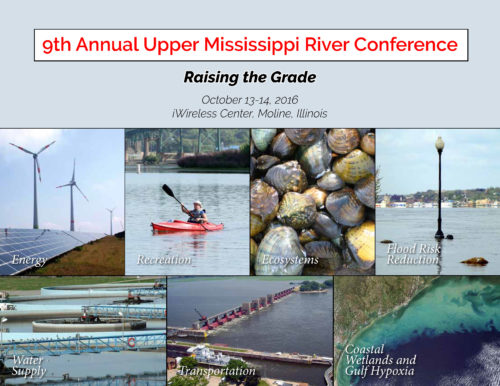
A frequent question when we are discussing a report card project is about how the report card can be used to create positive change. Although the report card in and of itself may not create change, the process of developing it can. Our surveys show that report card users do attribute positive changes in awareness, education, and even behavior change and environmental condition as a result of the report card project, but it is rare that a concrete next step can be defined that leads to those changes. This conference is the first that we are aware of that engaged multiple stakeholder groups to identify specific actions to improve the condition of the basin.
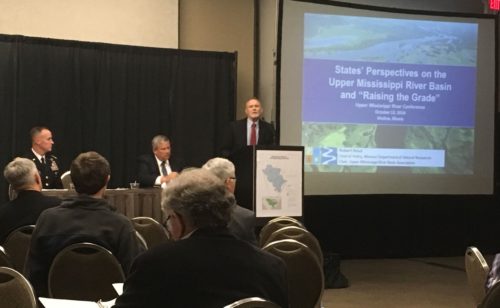
I gave the keynote address to the conference of about 230 people, representing nearly 100 organizations in the region, which detailed the creation of the report card, the results and the importance of creating social change from the shared vision that was begun during the report card development process, and called to the participants to create the change we all want to see. Our next task at the meeting was to get the meeting participants to identify these concrete actions that can be taken to improve the condition of the river and the watershed.
We led participants through a series of activities and break-out sessions to create a list of potential actions designed to meet several criteria. The best ideas will:
- Have high impact
- Have good opportunities to move forward
- Be immediately actionable
- Support multiple sectors
- Be possible in a time frame of 1-3 years
- Have costs that are achievable and
- Have a funding mechanism identified to make it happen
Each participant listed priority suggestions from their perspective as an expert in their sector, and put them in a group associated with each of the seven topic areas. Participants were invited to review all of the responses, and discuss with others at the tables. After this exercise, we grouped the responses by theme, and typed them up for use in the exercises the following morning.
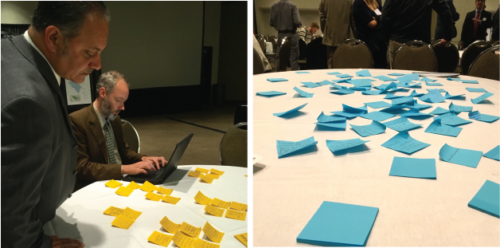
The activities the next day consisted of two morning break-out sessions, the first with sector experts only, and the second in a more randomized fashion, where participants from other areas of expertise were assigned to each sector at random. The idea was to hone the big list in the first session to a few ideas that sector leaders thought could make a difference not only in their sector, but in others as well. The second session was designed to expand that multi-sector support, and focus the list further to those ideas that best meet the criteria and support multiple objectives.
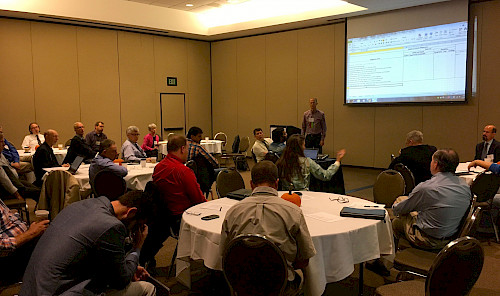
To wrap up the conference, we presented the top three suggestions from each sector that we arrived at during the two morning sessions. These were presented to the entire group in plenary. We are currently synthesizing the results and will identify the final suggestions by mid-December.
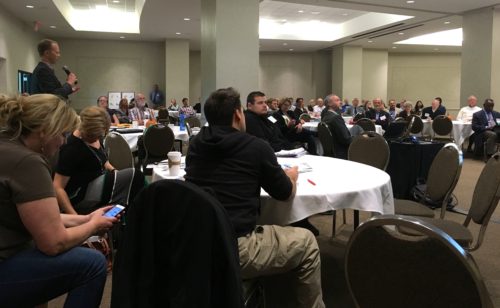
The meeting was inspiring to me personally, as it was an example of how a report card can inspire a process specifically designed to improve conditions in a watershed. It was great to see so many different perspectives represented, and the willingness to work in a collaborative fashion to accomplish something concrete. I can’t wait until next year, when we will see how we did in moving the needle!
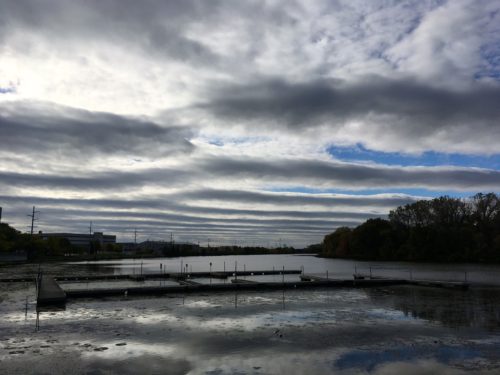
About the author
Heath Kelsey

Heath Kelsey has been with IAN since 2009, as a Science Integrator, Program Manager, and as Director since 2019. His work focuses on helping communities become more engaged in socio-environmental decision making. He has over 15-years of experience in stakeholder engagement, environmental and public health assessment, indicator development, and science communication. He has led numerous ecosystem health and socio-environmental health report card projects globally, in Australia, India, the South Pacific, Africa, and throughout the US. Dr. Kelsey received his MSPH (2000) and PhD (2006) from The University of South Carolina Arnold School of Public Health. He is a graduate of St Mary’s College of Maryland (1988), and was a Peace Corps Volunteer in Papua New Guinea from 1995-1998.

